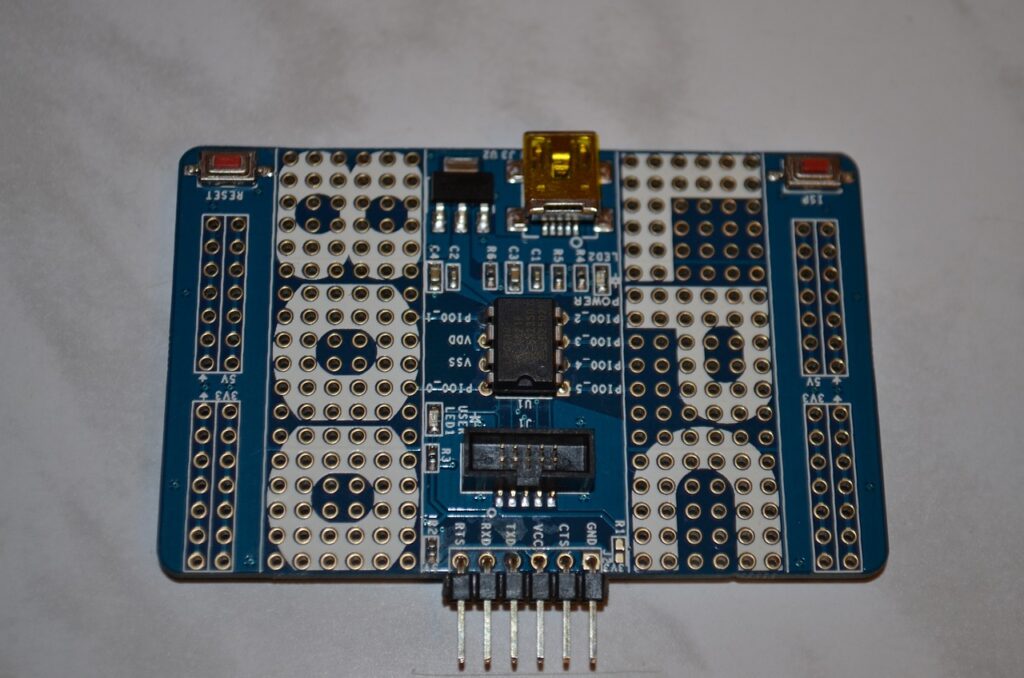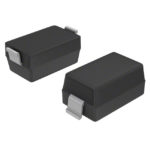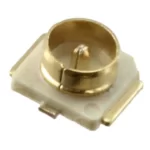how to test ic chips

Semiconductor testing is an important part of the production process for Integrated Circuits (ICs). Testing ensures that every part meets a manufacturer’s performance standards and other criteria. An improperly tested IC might have serious flaws that could cause it to fail in operation. Test engineers use different types of tests to measure the performance capabilities of an IC before the final stage where the device is packaged. There are several standard test methods that are commonly used to test chips, including burn-in, accelerated stress, and functional tests. The type of test you use depends on your needs, cost considerations, and how much risk you want to take on. Let’s take a closer look at three common types of testing you can use to make sure your IC performs up to snuff.
Burn-in testing
Burn-in testing is a process that puts an IC under high temperatures and high voltages for extended periods of time. The idea behind burn-in is to push an IC to its extremes to detect defects that would otherwise be missed during functional or accelerated stress testing. In theory, burn-in testing should uncover any design or manufacturing issues with the device before it is packaged. While it may be possible to use burn-in to replace other testing methods, this practice is controversial. Burn-in procedures vary depending on the manufacturer; however, there are some standard practices you should be aware of. Burn-in testing is performed at two different temperatures: an initial high temperature and a lower temperature that is sustained over an extended period of time.
Accelerated stress testing
Accelerated stress testing is a procedure that puts an IC through different operating conditions like high temperatures, high voltages, and high currents to see how it performs. It’s important to note that these devices aren’t created to withstand these conditions; they just have to survive them long enough to complete their jobs. As such, if you have an IC that’s designed to be put under high stress, you may want to test it with this type of procedure. Depending on the type of product you’re building, you may need to test your ICs under extreme conditions. If you’re developing a chip that will be used in a harsh environment, you may want to use accelerated stress testing on your ICs to make sure they survive the conditions.
Functional testing
Functional testing is a form of testing a device after it has been manufactured. In this test, an engineer uses a test set-up to measure the performance of the device at the limits of their specification. Functional testing checks that the device is designed to function as intended and performs to its desired specifications. It’s not designed to check that the device works flawlessly; it just needs to work as expected. Organizations often use functional testing as the final type of testing for an IC. While it’s possible to use it for a unit or a group of units, it’s not a widely used practice. Functional testing can be performed after a batch is completed or a group of devices is packaged and ready to go. This type of testing is very flexible, which is why it’s so widely used.
Electronic reliability testing
Electronic reliability testing is a test that has been standardized by the International Electrotechnical Commission (IEC). It’s a test that is used to predict the life expectancy of a device based on how it was designed and manufactured. Electronic reliability testing is a type of accelerated stress test that’s commonly used with semiconductor devices. This test involves applying a load to the device to see how it performs.
Final words
If you want to ensure that your ICs are up to snuff, you need to perform some kind of testing. The type of testing you use depends on your needs, cost considerations, and risk. If you have an IC that is designed to be put under high stress, you may want to use accelerated stress testing on your ICs to make sure they survive the conditions. If you have an IC that is designed to operate in a harsh environment, you may want to use accelerated stress testing to make sure it survives for an appropriate period of time. And if you have an IC that is designed to work as expected, you may want to use functional testing to make sure it performs as expected.


